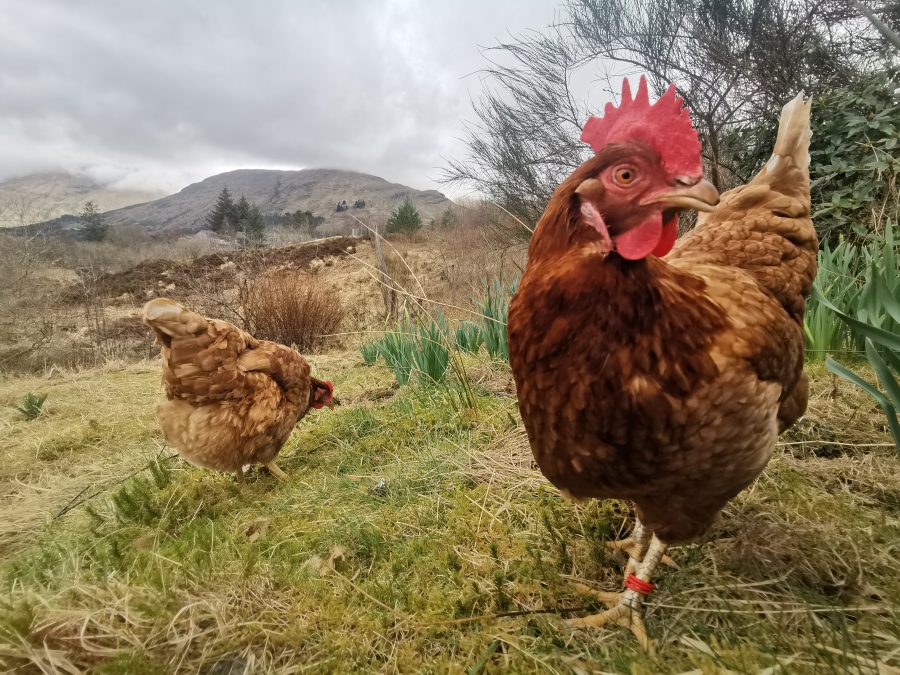In this second part to the British Hen Welfare Trust (BHWT) guide to adopting hens, we look at collection day, how to settle them at home and useful seasonal tips to spoil your new feathered friends…
WHAT HAPPENS ON COLLECTION DAY?
We do not normally keep hens in stock; we take them out of the farm early in the morning, put them in crates and take them to the rehoming point for a cursory health check. Adopters arrive later the same day. This way all the stress for the hens is confined to one day and they will go from cage to new retirement home in a matter of hours. There can be up to 50 adopters arriving to pick up hens, so please be patient if there is a short queue of cars or a wait when you arrive.
HOW DO I CARRY THEM HOME?
Getting them home in comfort and safety is really important; it’s been a long and bewildering day for them! A hen is about the size of a football, so a cat carrier or dog crate lined with a cardboard base (to protect their nails from getting caught) covered with straw or newspaper is a good option. Alternatively, a sturdy cardboard box of a similar size with horizontal slits of around 1” x 6” cut into the sides for ventilation will suffice.
WHAT DO I DO WHEN I GET THEM HOME?
Once at home, put your hens in their hen house initially so they get used to where ‘home’ is. Allow them outside access straight away provided you have a fenced area. When they first arrive, you might need to herd them in to the hen house if it rains or as darkness falls and tempt them out again in the morning, but it won’t take them long to get the hang of free-range retirement!
DO I NEED TO KEEP MY NEW HENS SEPARATE?
Hens will need to be kept separate from your existing hens for a short period. Some hens may be a little underweight and lack confidence when they first come out of the farm, while others are spirited and think they rule the roost from day one! It’s also sensible to quarantine your new birds initially for up to two weeks as a measure of good husbandry. This will also make final integration easier as your birds will acclimatise to their new routine, but expect a bit of squabbling on integration as normal. Hens will need to be kept apart from cockerels for at least a month; the girls can easily be damaged as they may have weak legs and they may be partially feathered when first out of the farm. It’s a good idea to adopt a greater number of hens than you currently keep to give the incoming hens advantage in numbers over those who are already familiar with your routine. The initial settling in period can be unsettling and occasionally distressing as the hierarchy of the group is re-established. This can involve pecking, chasing, squawking, bullying, guarding of food and water sources.
This article extract was taken from the May 2024 edition of The Country Smallholder. To read on, you can buy the issue here.
To receive regular copies of The Country Smallholder magazine featuring more articles like this, subscribe here.
For FREE updates from the world of smallholding, sign up for The Country Smallholder newsletter here.
Further reading:
Adopting ex-commercial hens from the BHWT: what you need to know








